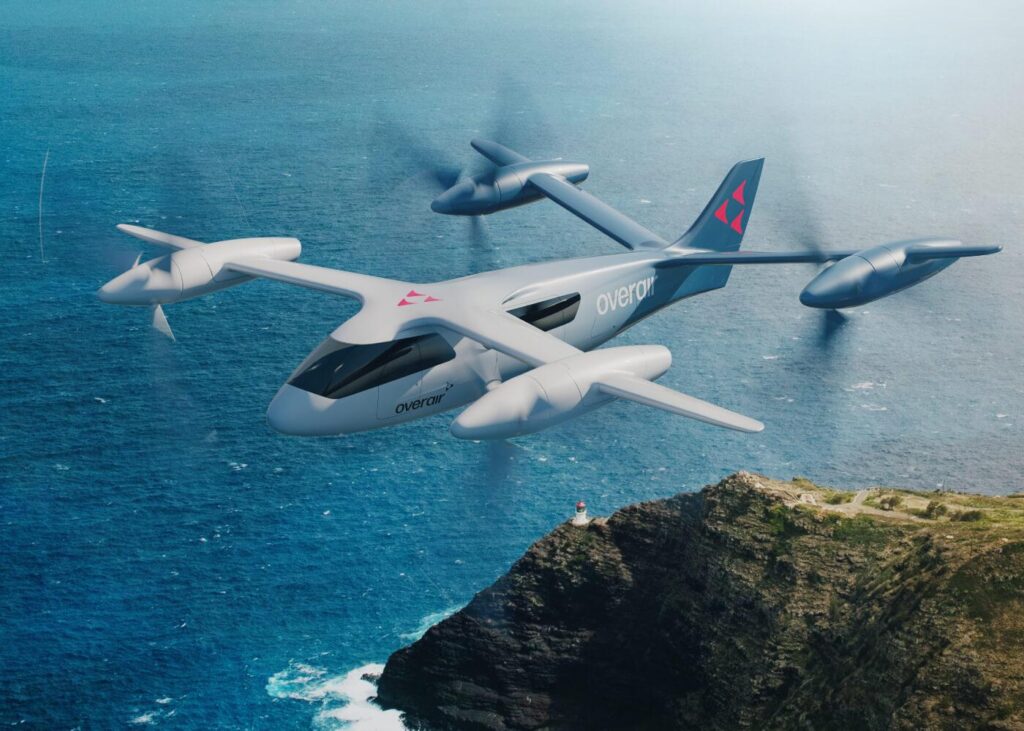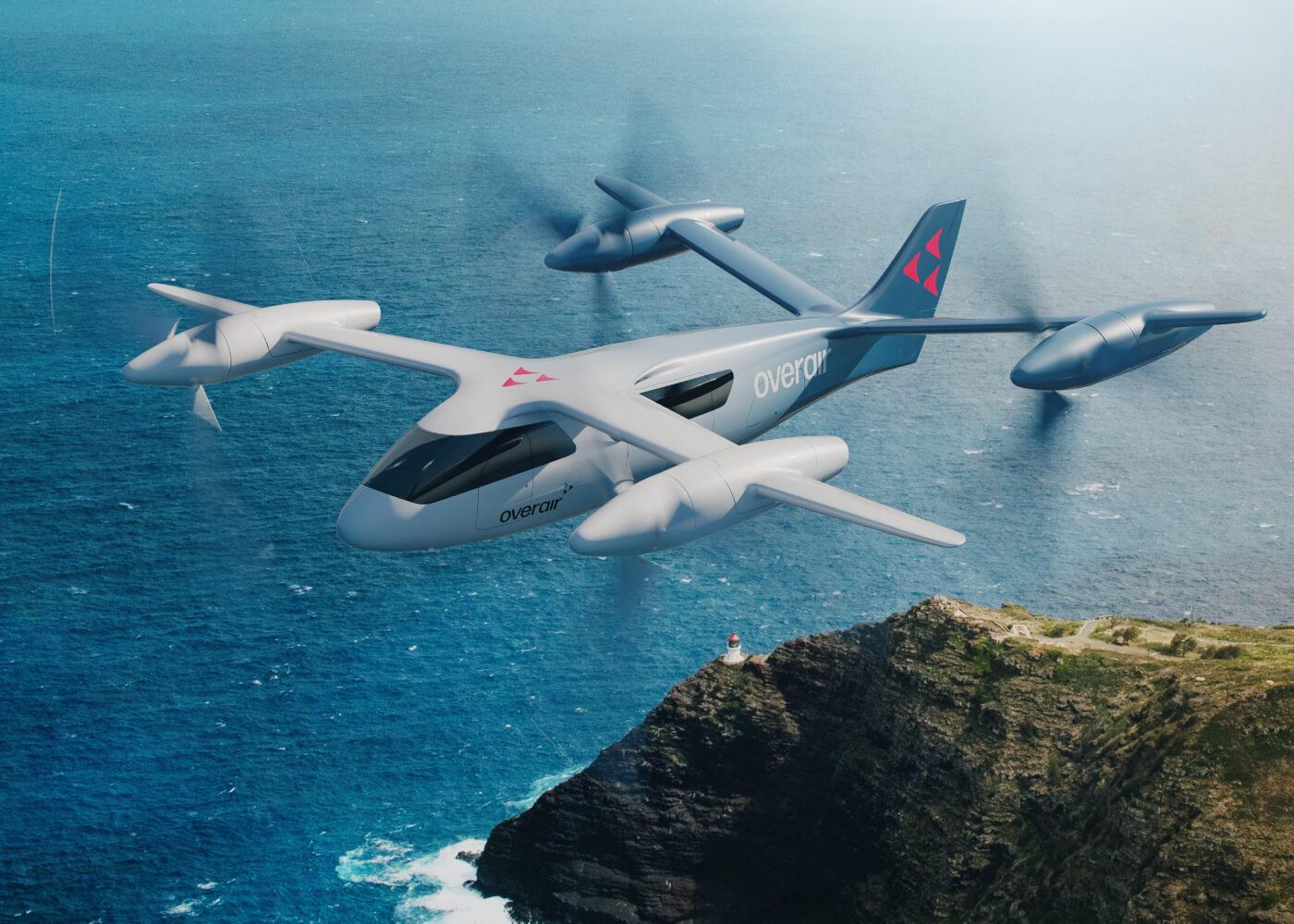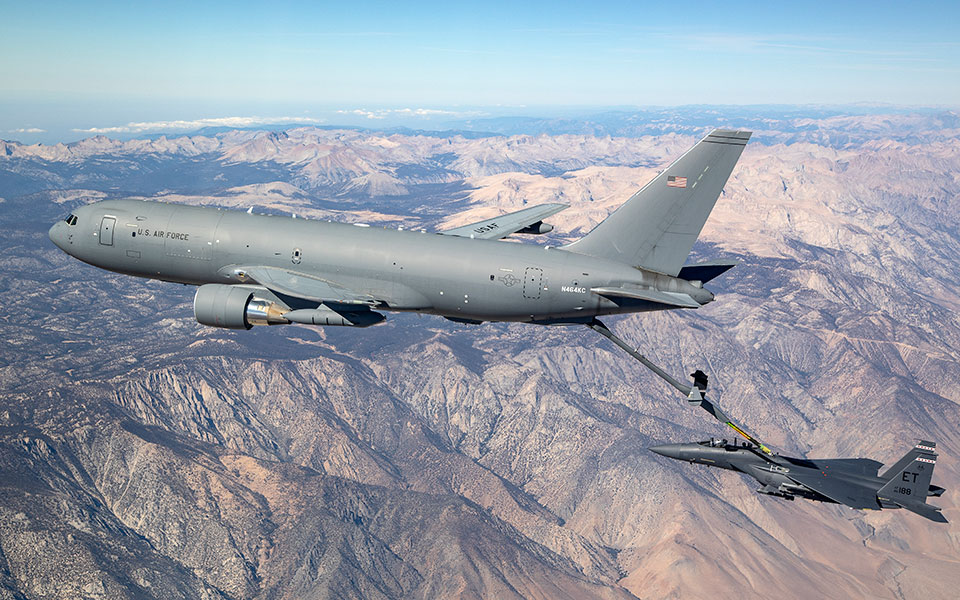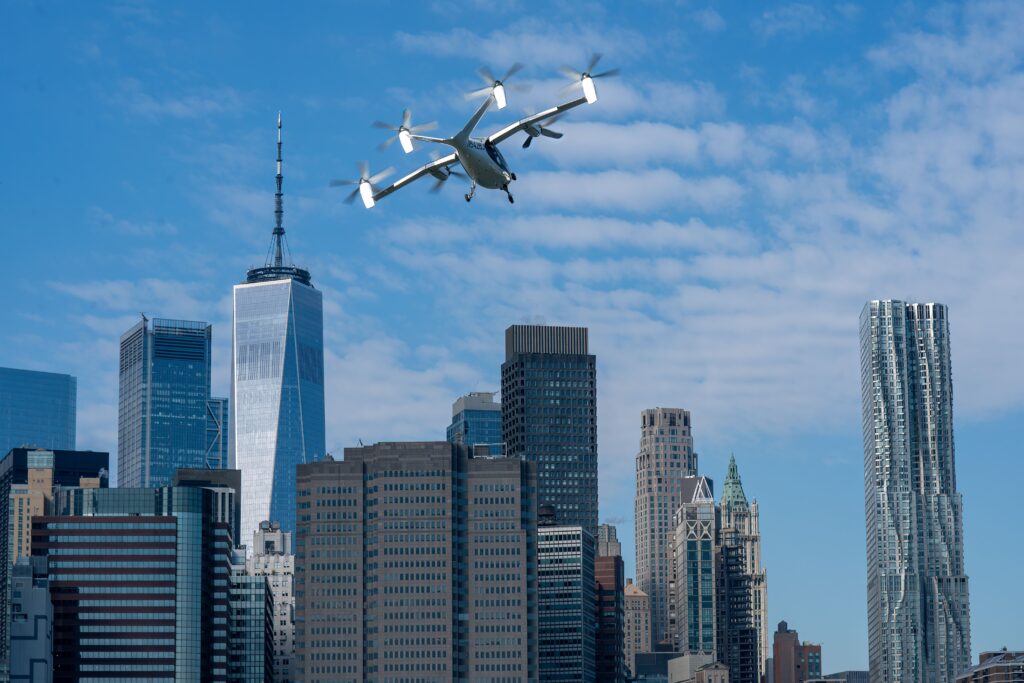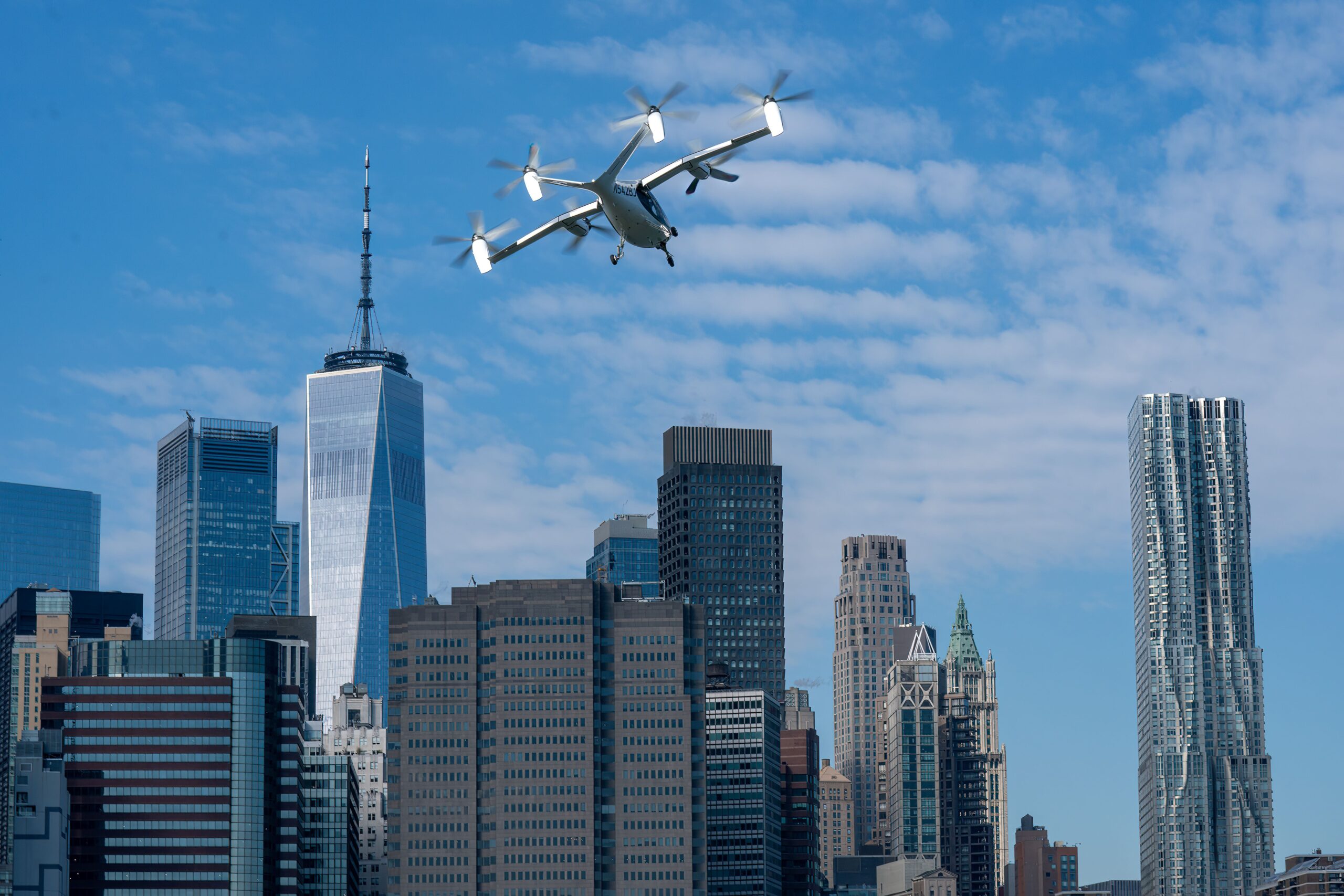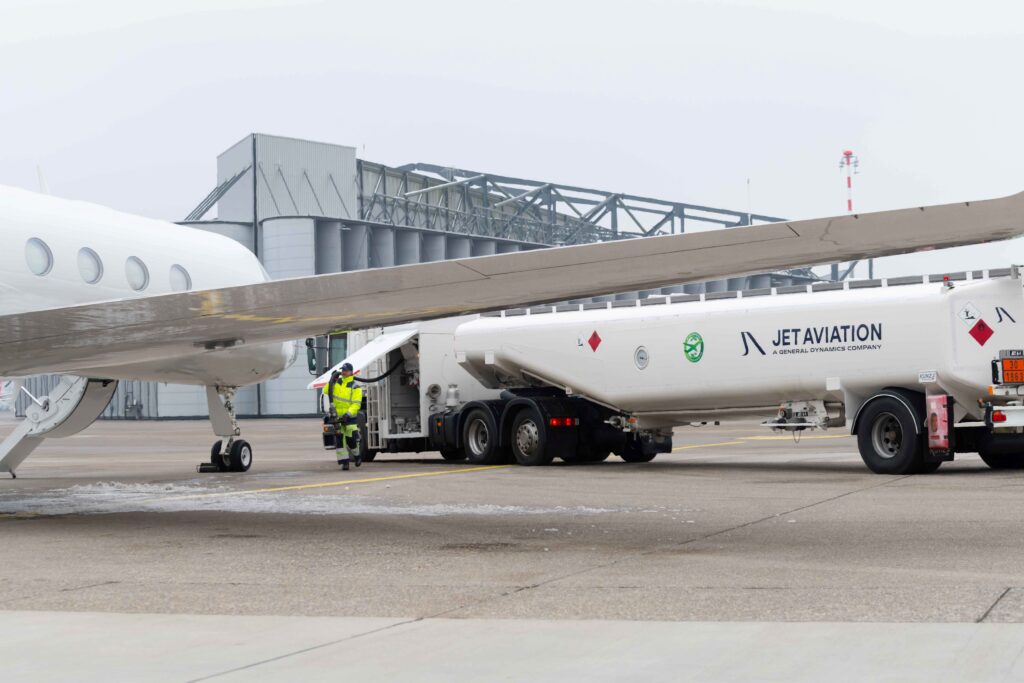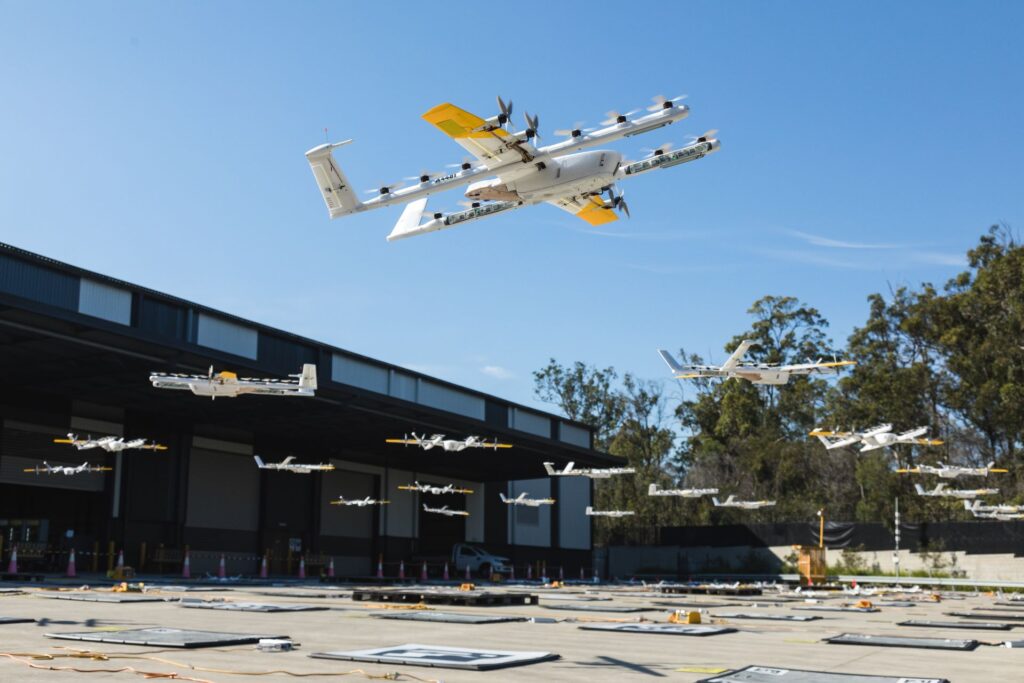Lockheed Martin Sees Likely Delay In F-35 Tech Refresh-3 To Third Quarter
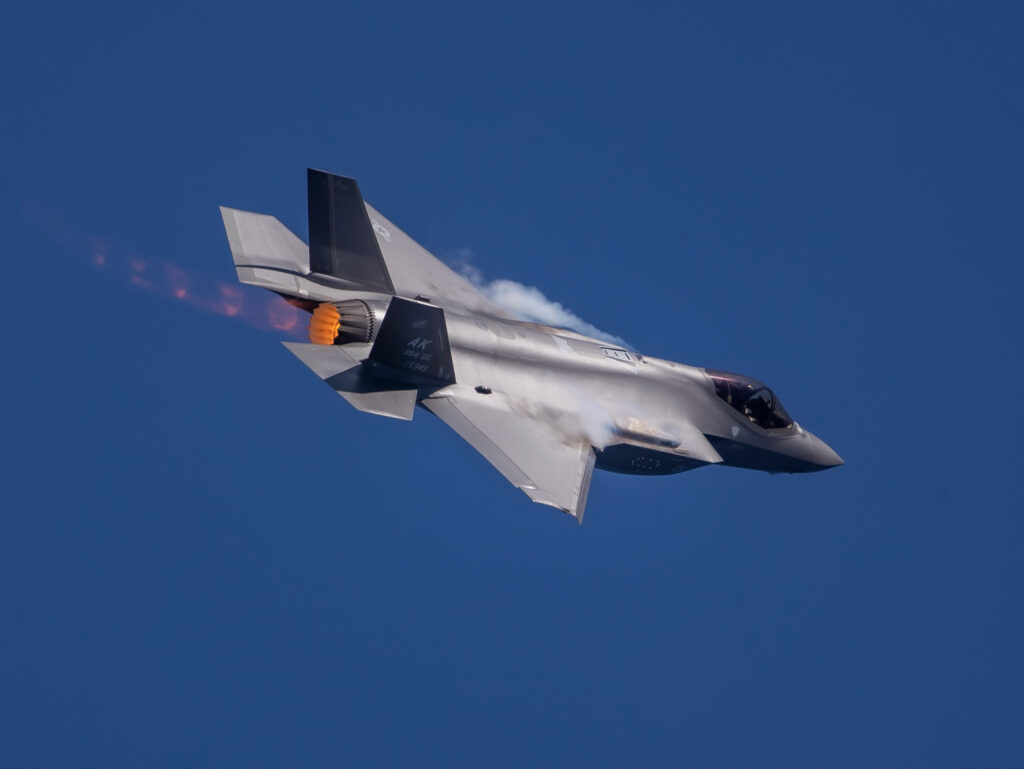
Development of an upgraded software capability for the F-35 fighter aircraft is maturing but more slowly than expected and while Lockheed Martin is still aiming to deliver the third Technology Refresh (TR-3) by June, it is more likely customer acceptance will slip into the third quarter of this year, Jim Taiclet, the company’s chairman, president and CEO, said on Tuesday.
“As we have said before, there continues to be risk in TR-3 deliveries due to delays in software maturity,” the F-35 Joint Program Office said on Jan. 23. “We are exploring a truncation plan with the [military] services and our partners to accept aircraft ahead of full validation of TR-3 capabilities. Any aircraft involved and delivered as part of the truncation plan will provide valuable capability to the warfighters while TR-3 completes final verification and validation.”
Last fall, Lockheed Martin said it expected the TR-3 software to be delivered with the F-35s beginning in the second quarter of 2023.
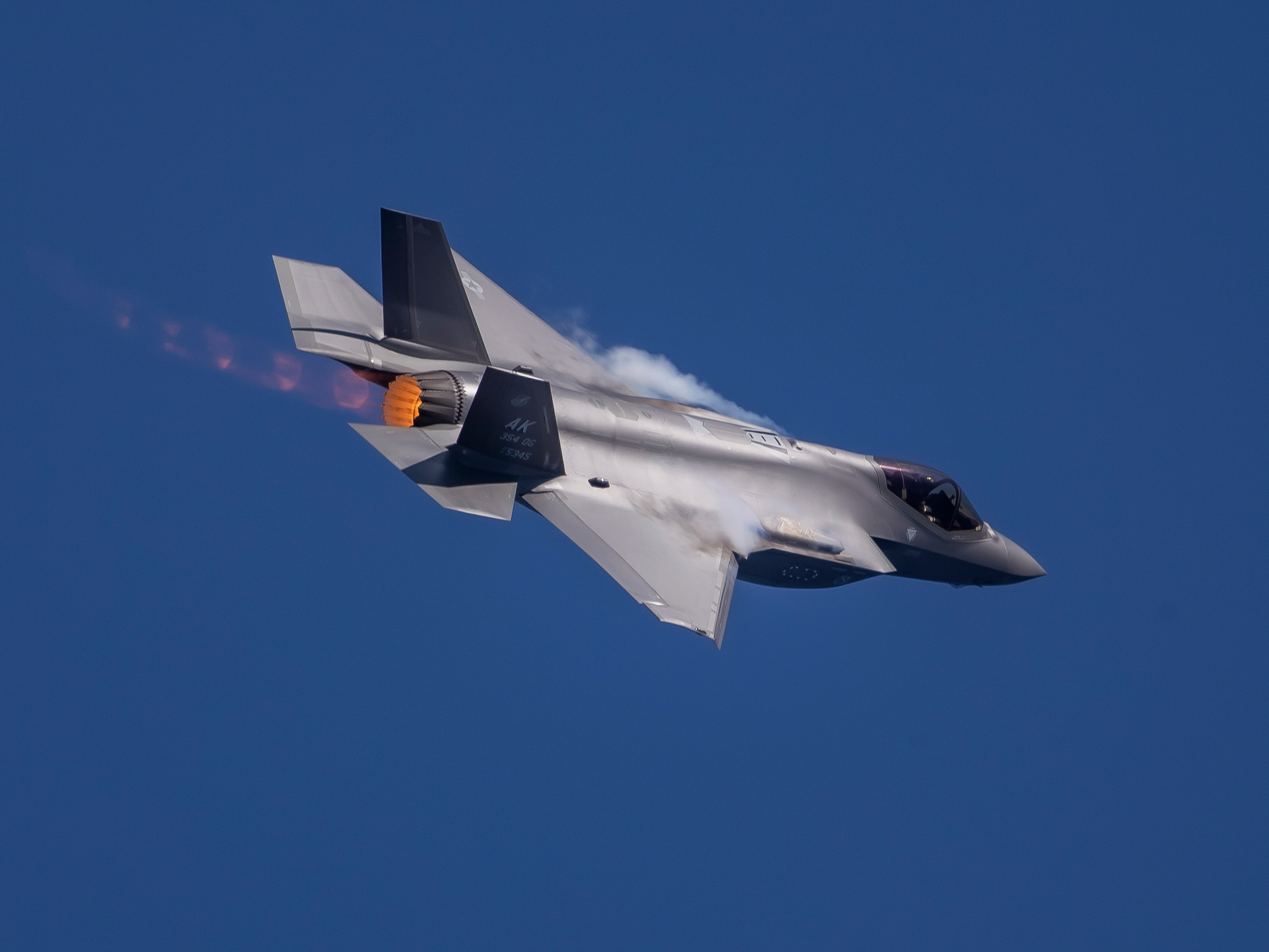
Lockheed Martin Aeronautics Corporation – Fort Worth – Mikaela MaschmeierrEvent:Arctic Lightning Air Show 2021 – Eielson AFB. Devin Hartman photo
“We are taking the time and attention to get this technology insertion right the first time because it will be absolutely worth it,” Taiclet said during the company’s fourth-quarter earnings call. “The step function technological advances of TR-3 will provide our customers with the onboard digital infrastructure of data storage, data processing, and pilot user interface to provide unmatched capabilities for many years to come. These include increased types of capability for air-to-air and air-to-ground munitions, advanced sensing, jamming, and cybersecurity capabilities and more accurate target recognition to achieve this level of reliable capability for the long run.”
In 2023, Lockheed Martin delivered 98 F-35s, all in the TR-2 configuration, and in 2024 is forecasting between 75 and 110 deliveries. Except for a “handful” of deliveries in the first half of the year, 90 percent of fifth-generation fighters are expected to be delivered during the second half with production of the aircraft slated to restart in the third quarter once the upgraded software is ready.
Taiclet said that the company’s TR-3 hardware suppliers will have to keep pace with F-35 production demand. Jay Malave, Lockheed Martin’s chief financial officer, said that further delays with TR-3 would force the company to revisit F-35 “production cadence.”
Lockheed Martin is currently building F-35s at a rate of 156 per year and Taiclet said the demand signal remains strong. But, he cautioned, meeting Defense Department demands for an expanding set of capabilities is challenging.
The TR-3 core processing and software will create the infrastructure for an ongoing modernization of the aircraft called Block 4, which is expanding. Block 4 will allow the aircraft to carry more missiles, provide more electronic warfare capabilities, and greater target recognition.
“So, it is essential that this production line keep up,” Taiclet said. “Basically, the recapitalization of the allied fighter aircraft force is the F-35. And so, I think the key to that is full transparency and realizing the reality of the situation.”
That situation is that the more technology loaded onto the F-35, the aircraft customers must “be honest about the schedule, what industry can do, what can the test and evaluation community handle in the various militaries to accept that technology, and what’s the supply chain capacity?” he said.
Lockheed Martin is “brutally honest” with the services and the program office about what the supply chain’s capabilities are in meeting production demands, Taiclet said. And while that is “starting to get traction, I hope it gets more traction because we cannot afford to be over optimistic in the ability to deliver these technologies as rapidly as one might like,” he added.
The post Lockheed Martin Sees Likely Delay In F-35 Tech Refresh-3 To Third Quarter appeared first on Avionics International.
—————
Boost Internet Speed–
Free Business Hosting–
Free Email Account–
Dropcatch–
Free Secure Email–
Secure Email–
Cheap VOIP Calls–
Free Hosting–
Boost Inflight Wifi–
Premium Domains–
Free Domains






